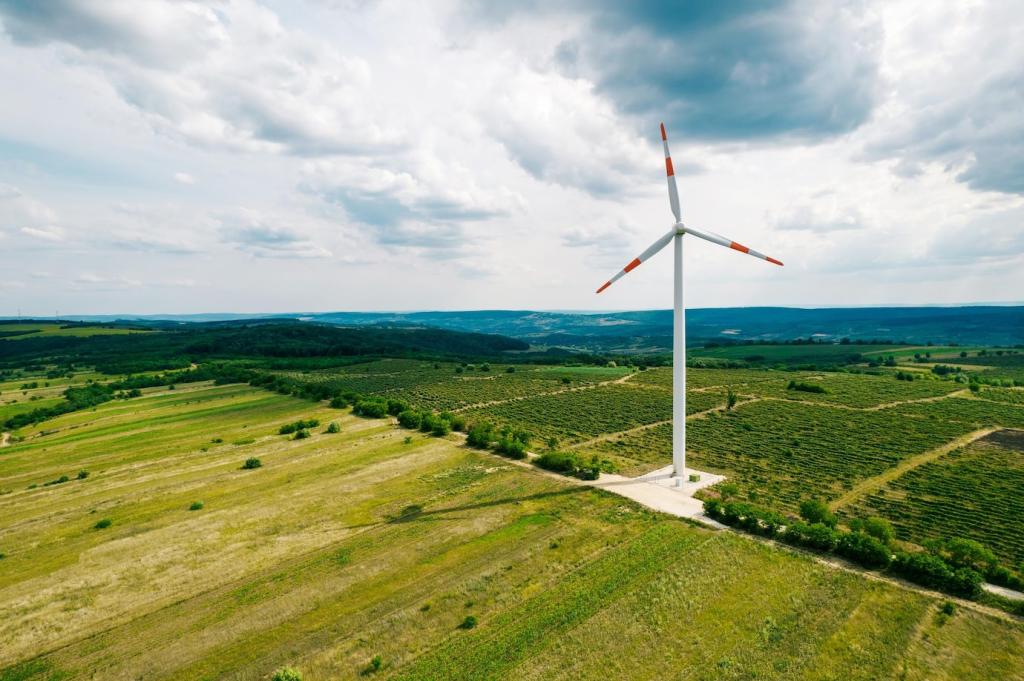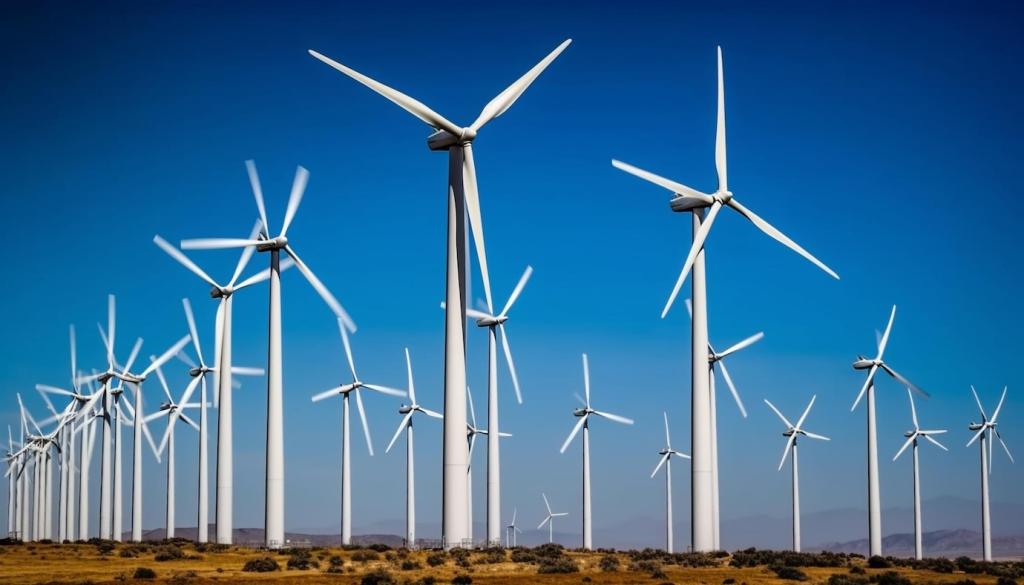Field Stories: Wins, Missteps, and Learnings
Coastal crews learned that mangrove propagules prefer slightly sticky carriers to nestle into tidal mud. Early flights failed until drop heights and pod buoyancy were tuned with local fishers’ advice. Community wisdom plus data made the breakthrough. Have coastal experience? Add your salinity tips so others avoid the same painful missteps.
Field Stories: Wins, Missteps, and Learnings
Post‑fire landscapes look empty but can be chemically harsh. Teams delayed seeding until rains cooled ash and focused on nurse shrubs to shelter late arrivals. Drones mapped hotspots daily, guiding staggered seed waves. If you monitor hydrophobic soils, share thresholds that signal when aerial planting finally makes ecological sense.
Field Stories: Wins, Missteps, and Learnings
In semi‑arid rangelands, herders co‑designed species mixes, adding native legumes to fix nitrogen and stabilize crusted soils. Drone drops followed traditional grazing calendars, respecting wildlife corridors. Survival rates rose, but the real win was trust. Want to co‑create a protocol template? Comment, and we’ll open a collaborative draft with your insights.
Field Stories: Wins, Missteps, and Learnings
Lorem ipsum dolor sit amet, consectetur adipiscing elit. Ut elit tellus, luctus nec ullamcorper mattis, pulvinar dapibus leo.





